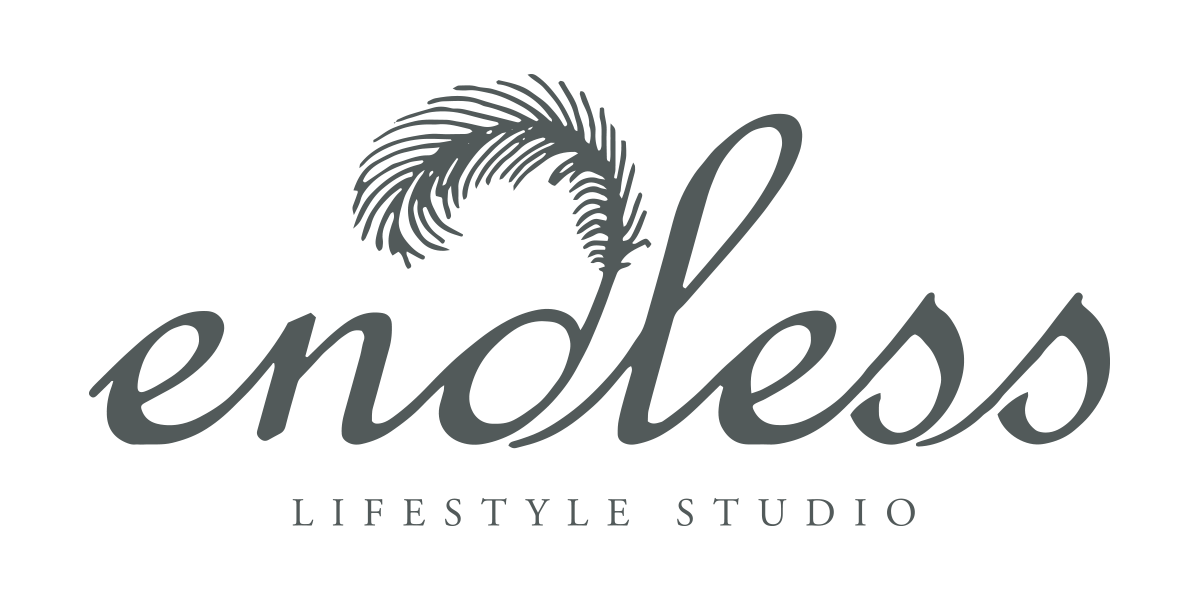Frequently Asked Questions
Have a question about Endless Lifestyle Studio services? Check out our FAQs page. We have selected some of the most commonly asked questions to give you a better insight into our service spectrum and better understanding about the capabilities of Pilates studio.
My friend recommended me to get pilates book or DVD and practice at home, would it be better to take a lesson at pilates studio?
Books and DVDs are a good back-up resource for a maintenance program at home when you are unable to attend class. However, to achieve maximum results and prevent injury through correct execution, supervised sessions are highly recommended.
Should I get a private session or group session?
We highly recommend getting a private Pilates session if you are new to pilates, to get to know the equipment and environment and also build the relationship with your instructors, and also it is a great opportunity to ask any specific question from them, as in group session they need to share their time with more than 5 clients.
What is the difference between Pilates and Yoga?
Yoga aims to use meditation to attain spiritual insight and tranquillity. We understand that Yoga focuses on flexibility and mobility.
Pilates focuses on the development of core control, stability and the creation of dynamic, functional total body movement. Through Pilates, one will develop postural strength and endurance as well as mobility and flexibility.
Through movement we also benefit and create efficiency in all systems of the body including vascular, respiratory, endocrine and digestive.For the experienced Pilates practitioner, Pilates can be a very challenging, dynamic and powerful workout.
What are the benefits of Pilates training?
The development of core control, correct joint alignment, flexibility, postural strength, form and endurance as well as coordination and skill.Beneath the surface, we gain improved breathing and therefore oxygenation of the cells, improved circulation, and digestion and lymphatic drainage.
I am not flexible & fit, do you think am I able to do pilates? I've heard, it would be challenging for me?
Pilates is a form of exercise that may be attempted by the young and old, the elite level mover or the novice, men and women, experienced movers or not so experienced. Pilates instructors have postural and movement pattern assessment skills and through this can provide an exercise program to suit any person who requires additional support, as well as to those who are seeking a stronger challenge in their workouts.
Why is Pilates so different from lifting weights for strength training?
Lifting weights for strength training, is to the large global prime mover muscle groups what Pilates is to the deeper intrinsic muscle groups. For correct body function we must have both groups working equally, in balance and succession. The structure of Pilates not only strengthens muscles, but also facilitates flexibility, joint mobility and improvement of the internal systems of the body.
How many days a week should i do pilates?
If adding Pilates to an existing exercise program, 2 to 3 times a week is satisfactory. If Pilates is the only exercise you are doing, then 4 to 6 times a week is recommended.
What if my schedule won't allow me to participate at least a week?
The principles of Pilates are designed to improve posture, alignment and execution of movement. We aim to create functionality with exercise so that one may take the new movement patterns into their daily routine. Speak with your instructor to ensure that they provide a safe home based matwork program so that you may continue with your Pilates at home when you cannot attend the studio.
How long does it take to see the result of Pilates training?
We believe what Joseph Pilates said, " you will feel a change after 10 sessions, you will see a change after 20 sessions and you will have a new body after 30 sessions" We encourage participants to follow his lead: for further benefits, preventative care and to achieve the satisfaction and challenge of newfound skill.
What to Wear?
Wear comfortable clothing – neither too loose nor too tight.
Clean socks.
A small hand towel is recommended.
Water bottle.
Hair tied back.
Avoid dangling jewelry of any sort and;
Avoid wearing sharp jewelry as this may damage the equipment upholstery.

